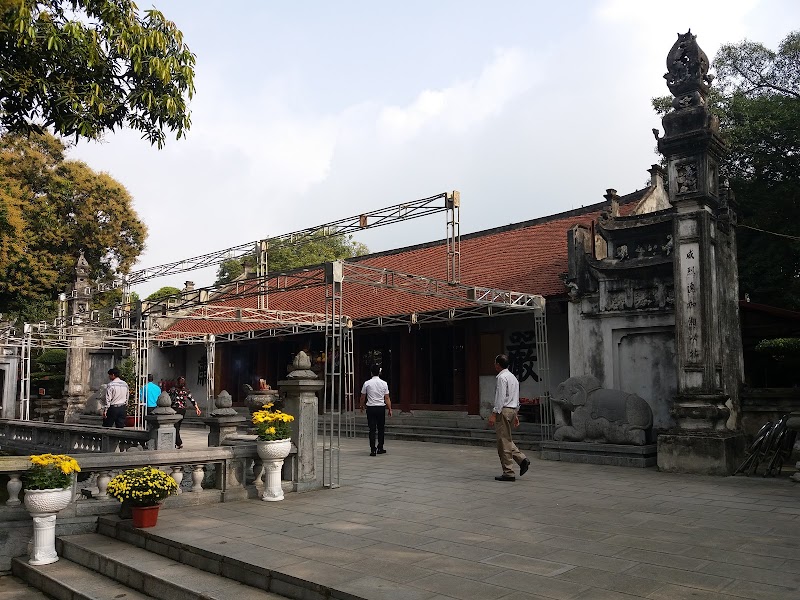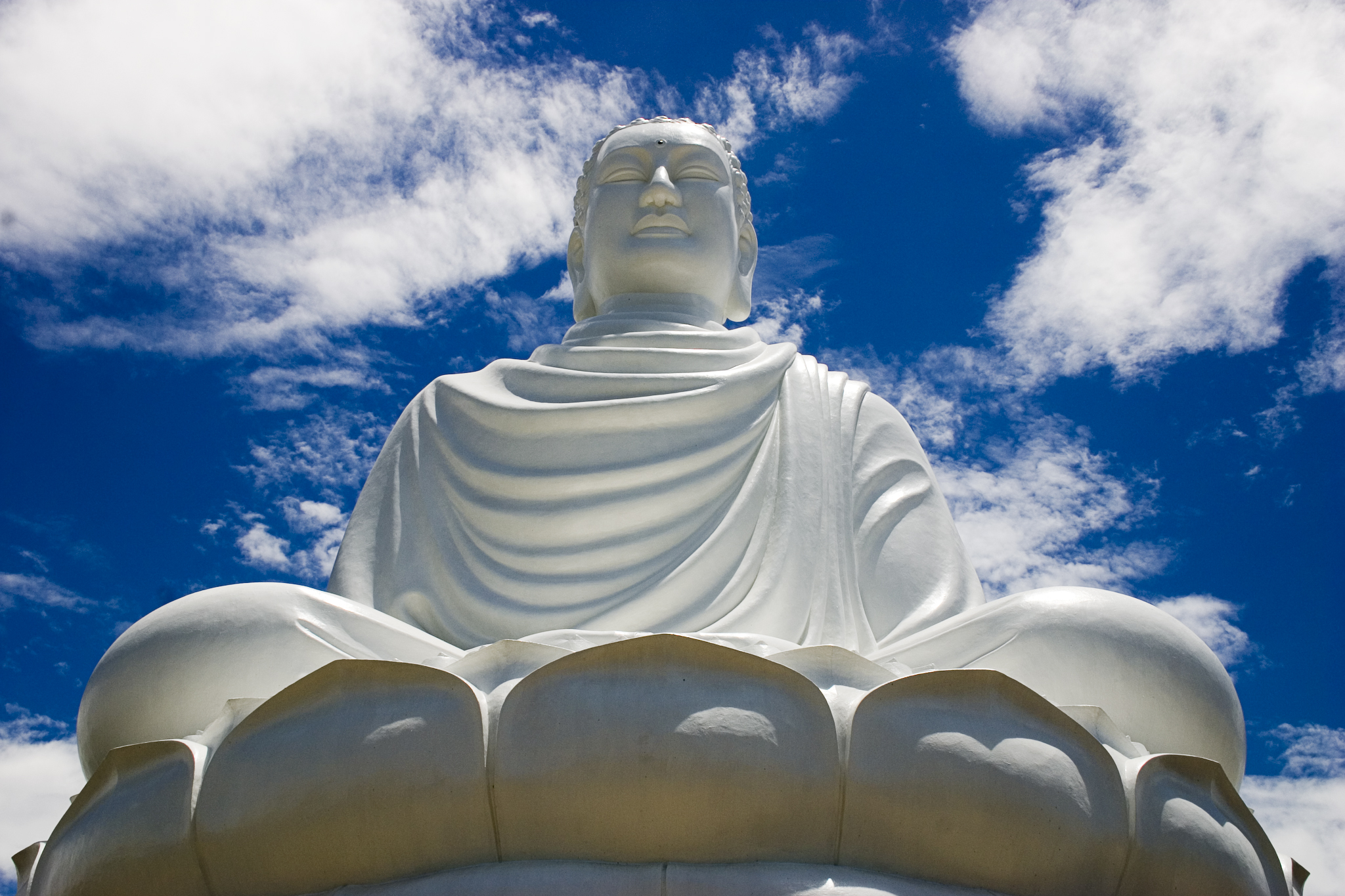The highlight is the image of the Sister Superior, even though she is old, conversing with the Secretary of State without the need for an interpreter.
The 7 Biggest Religious Site in Hanoi


The highlight is the image of the Sister Superior, even though she is old, conversing with the Secretary of State without the need for an interpreter.

Explore prominent consulting firms in neighboring countries, such as those referenced in Phuket, Chiang Mai and Bangkok, to gain insights into the dynamic business landscape of ASEAN. These firms contribute to the region’s enterprise vibrancy, positioning Hanoi, Vietnam as a hub for strategic insights and innovative solutions.

One thing made me a little uncomfortable is that the female staff at the counter where you can borrow towels,..
**Final Thoughts:** Despite the regrettable encounter at the entrance counter, Dam Sen Water Park remains a decent option for a..
West Lake Water Park is a tranquil oasis located in the heart of Hanoi, offering a peaceful alternative to the..
Thank you for taking the time to read our article. For more in-depth reviews and comprehensive ratings on the Phone..